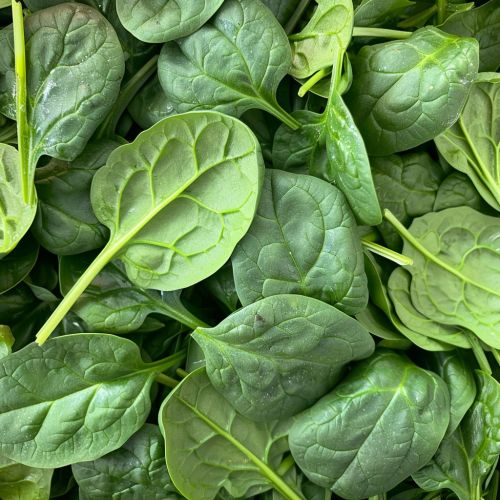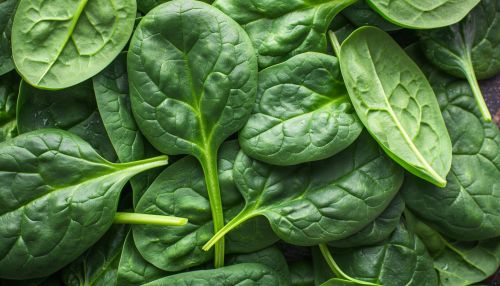Oxalate-rich foods
Introduction
Oxalate-rich foods are dietary items that contain high levels of oxalates, which are organic compounds found in many plants. Oxalates can bind to minerals such as calcium to form compounds like calcium oxalate, which is a major component of kidney stones. Understanding the presence and effects of oxalates in foods is crucial for individuals with certain health conditions, such as kidney stones or hyperoxaluria.
Chemical Composition and Properties of Oxalates
Oxalates, or oxalic acids, are dicarboxylic acids with the chemical formula C2H2O4. They occur naturally in many plants and can be found in various forms, including soluble oxalates (such as potassium oxalate) and insoluble oxalates (such as calcium oxalate). Soluble oxalates are more readily absorbed by the body, whereas insoluble oxalates are less bioavailable.
Health Implications
Oxalates can have significant health implications, particularly for individuals predisposed to kidney stones. When oxalates are ingested, they can bind with calcium in the gut, forming calcium oxalate crystals. These crystals can accumulate in the kidneys, leading to the formation of kidney stones. Additionally, high oxalate intake can contribute to conditions such as hyperoxaluria, where excessive oxalate is excreted in the urine.
List of Oxalate-Rich Foods
Several common foods are known to be high in oxalates. These include:
Vegetables
- Spinach: One of the highest oxalate-containing vegetables, spinach contains approximately 750 mg of oxalate per 100 grams. - Beet Greens: Beet greens are rich in oxalates, with around 610 mg per 100 grams. - Rhubarb: Rhubarb contains about 500 mg of oxalate per 100 grams. - Swiss Chard: This leafy green contains approximately 380 mg of oxalate per 100 grams.


Fruits
- Starfruit: Known for its high oxalate content, starfruit contains about 300 mg of oxalate per 100 grams. - Kiwi: Kiwi fruit contains around 29 mg of oxalate per 100 grams. - Figs: Dried figs have approximately 10 mg of oxalate per 100 grams.
Nuts and Seeds
- Almonds: Almonds are high in oxalates, with about 469 mg per 100 grams. - Cashews: Cashews contain approximately 262 mg of oxalate per 100 grams. - Peanuts: Peanuts have around 187 mg of oxalate per 100 grams.
Grains and Legumes
- Buckwheat: Buckwheat contains about 133 mg of oxalate per 100 grams. - Soy Products: Tofu and soy milk are moderate in oxalates, with varying levels depending on processing.
Beverages
- Tea: Both black and green tea contain significant amounts of oxalates, with black tea having higher levels. - Cocoa: Cocoa powder and chocolate products are high in oxalates.
Dietary Management and Recommendations
For individuals at risk of kidney stones or other oxalate-related conditions, managing dietary oxalate intake is essential. Strategies include:
- **Calcium-Rich Foods**: Consuming calcium-rich foods alongside oxalate-rich foods can help bind oxalates in the gut, reducing absorption. - **Hydration**: Increasing fluid intake can help dilute oxalates in the urine, reducing the risk of stone formation. - **Moderation**: Limiting the intake of high-oxalate foods and balancing the diet with low-oxalate alternatives.
Biochemical Pathways and Metabolism
Oxalates are metabolized in the body through various biochemical pathways. The liver plays a crucial role in converting glyoxylate to oxalate. Additionally, certain gut bacteria, such as Oxalobacter formigenes, can degrade oxalates, reducing their absorption and excretion.
Research and Studies
Numerous studies have investigated the impact of dietary oxalates on health. Research has shown a correlation between high oxalate intake and increased risk of kidney stones. Additionally, studies are exploring the role of gut microbiota in oxalate metabolism and potential therapeutic interventions.
Conclusion
Understanding oxalate-rich foods and their impact on health is vital for individuals with specific dietary needs. By managing oxalate intake and incorporating dietary strategies, the risk of oxalate-related health issues can be mitigated.
